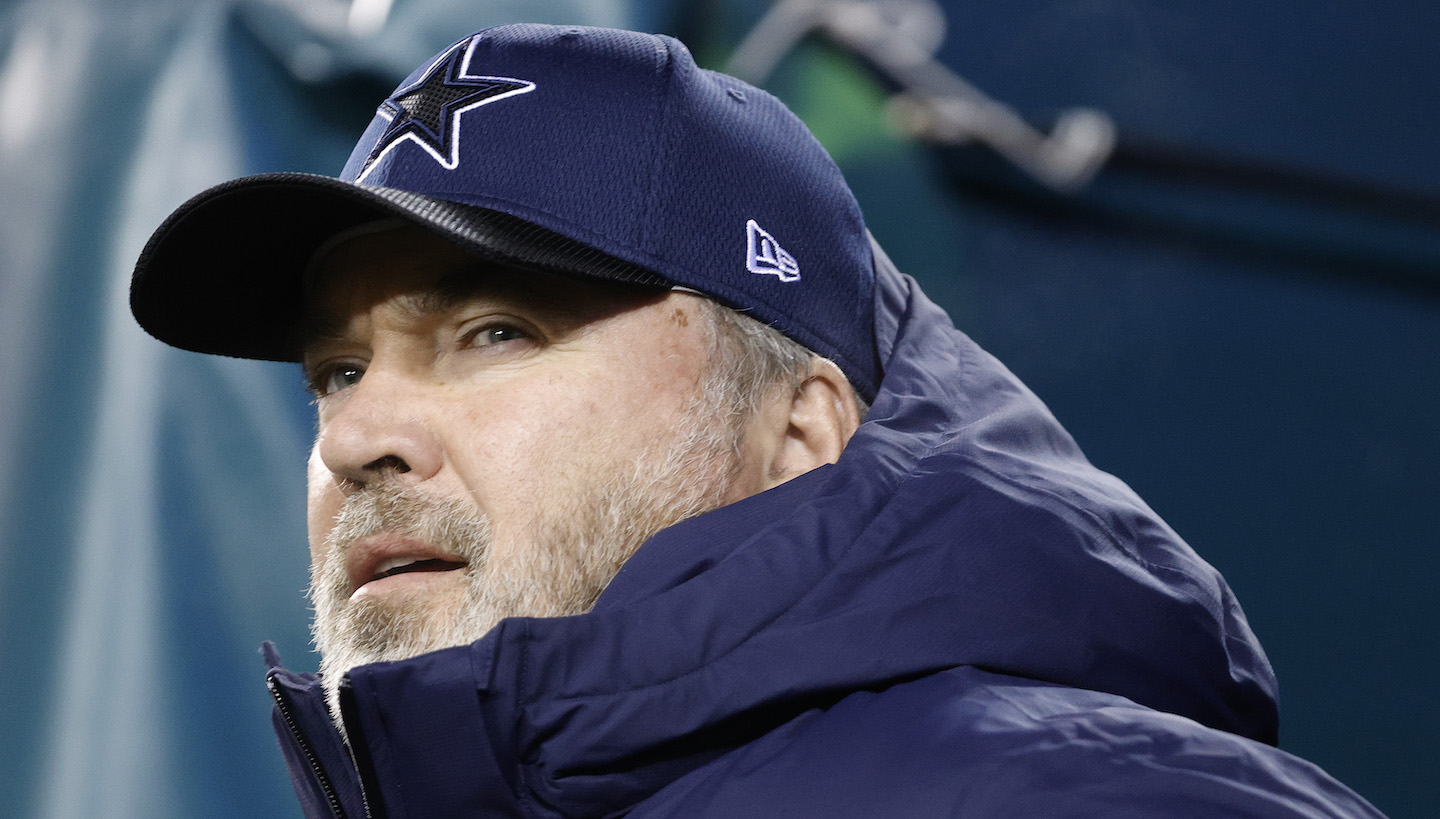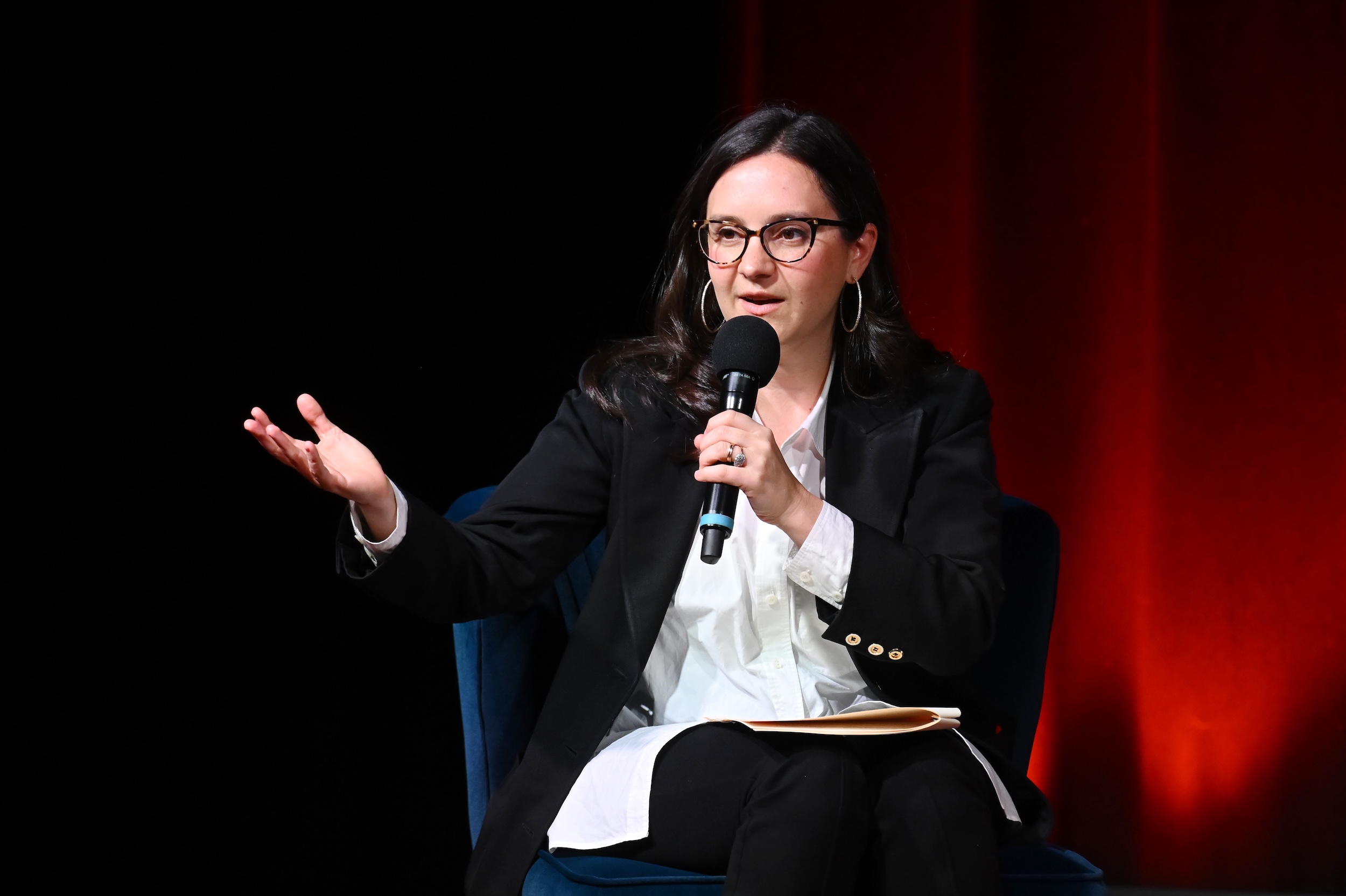Yes, I know Sunday was five days ago, but I'm still not over the disastrous end of that Cowboys game. But what if I told you the decision to run a designed draw was only slightly worse than the decision to run just about any play meant to shorten the field?
Since writing about analytics a few weeks ago, I've stayed in touch with Michael McRoberts, founder of Championship Analytics, a company that creates "the book" (proprietary charts that recommend the best in-game coaching decisions) for four different NFL teams and a whole host of college football programs. McRoberts and his small team somehow watch every NFL game and then break down each interesting coaching decision in a weekly write-up that he sends out to all his clients. This week's writeup was a must-read. What did Championship Analytics' data say Mike McCarthy should have done instead of the ill-fated quarterback draw with 14 seconds left?
Let's review the situation quickly. Cowboys down six points, 23-17. Second-and-1 at the 49ers' 41-yard line. Dak Prescott took the snap and ran straight forward for a 17-yard-gain, ideally setting Dallas up for one shot to tie the game, this time from 24 yards out. But you know what happened next: The clock ticked down to zero before the official could get down the field to spot the ball.
There's been a lot of talk about how much time on the clock is necessary to execute a QB draw and still have enough time to spike the ball and then pull off one last shot to score the game-tying touchdown. McCarthy told reporters he didn't expect any issues snapping the ball because the Cowboys practice this play on Fridays and Saturdays, with 14 seconds on the clock, though McRoberts's data says 16–18 seconds are the "comfort range" for executing a play and spike.
But there's also been healthy debate over whether it's better to take two shots at a Hail Mary from the 41, or to choose what McCarthy did, and get closer to the end zone to have a shorter shot on one final play. Getting closer to the end zone is always a good thing, right?
Brace yourself. "Lost in the mess of this situation is that, even had the play been clocked in a timely fashion, Dallas would have gained very little on this play," McRoberts wrote in his weekly release.

Championship Analytics' data shows only a 1.8 percentage point increase in Hail Mary success rate from the 41-yard line to the 24-yard line! (The data set: Half-ending passes, along with third- or fourth-down goal-to-go passes when needing a significant amount of yardage, in the last 20 years.)
The sample size isn't huge, but the data indicates that unless a team is between 10 and 20 yards out, the chance of success on a half-ending or game-ending play remains really, really low, and barely improves until you enter the red zone. It's rarely worth it to try to get closer!
To be fair to McCarthy, he did say after the game that he wanted to get inside the 20-yard line, so it does seem that the self-proclaimed analytics-embracer is fully aware of the numbers here. "This is something we practice every Friday and Saturday, we're trying to get inside the 20-yard line," he told reporters. "We want the last play to come down to—it would have been some form of five vertical pass concepts, we had two set based on where we were going to be with the final yardage there."
So while the concept may have been sound, the execution was still lacking. Did McCarthy really expect a QB draw to gain at least 21 yards in about seven seconds?
McCarthy and offensive coordinator Kellen Moore's decision to go for the yardage and not the end zone looks even worse against the defense the 49ers were playing on that QB draw. The Niners had three defensive linemen rushing, and after giving up three consecutive pass plays to the sidelines, they now devoted at least three players to defending the edges. That's six bodies that were not headed to the end zone to defend a possible Hail Mary.
"This was a clear mistake [by the Niners], as the next 10–20 yards of field position for Dallas wasn’t all that valuable," McRoberts wrote in his weekly review. "As such, CAI would have highly recommended a Hail Mary–type play from the +41 at 0:14. If this was missed, this would have still likely left 6–7 seconds for a second Hail Mary attempt (or trying for a short sideline pass and then the Hail Mary).
"Regardless, the best chance the Cowboys had to score was on that play with 0:14 to play, where just 5-6 49ers were defending the end zone. Instead, the Cowboys took a reckless attempt to get closer, which if successful would’ve come from the +25 with 7–8 49ers defenders guarding against the touchdown."
Spiritually, we always knew this was a bad decision, and now we can rest easy in the data.







